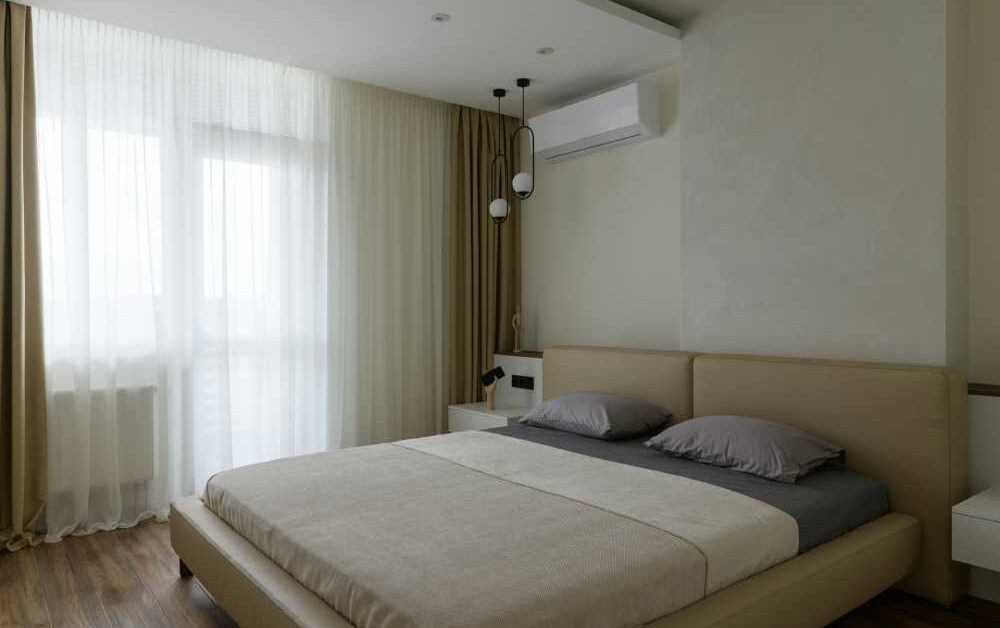Custom climate management is made possible by multi-zone HVAC systems, which increase both residential and business comfort and energy efficiency. These systems eliminate uneven heating and cooling by dividing a space into separate zones with independent temperature settings. Smart thermostats and automated controls allow users to adjust temperatures based on occupancy and preferences, reducing energy waste and lowering utility costs.
Proper installation and maintenance ensure peak performance, extending system longevity. Larger residences, multi-story buildings, or areas with different heating and cooling requirements are best suited for multi-zone configurations. This innovative approach enhances indoor comfort while promoting sustainable energy use, making it a valuable investment for modern living.
Contents
- 1 What Are Multi-Zone HVAC Systems?
- 2 Benefits of Multi-Zone Systems
- 3 Considerations for Installation
- 4 Maintenance Tips for Longevity
- 5 Comparing Traditional vs. Multi-Zone Systems
- 6 Cost Implications and Energy Savings
- 7 How to Choose the Right System for Your Home
- 8 Conclusion: Future Trends in HVAC Technology
What Are Multi-Zone HVAC Systems?
Multi-zone HVAC systems revolutionize how we approach indoor climate control by offering a flexible solution tailored to individual needs. Unlike traditional systems that treat an entire home as a single zone, multi-zone systems divide the space into distinct areas or ‘zones,’ each with its temperature settings.
This is achieved by connecting a single outdoor unit to multiple indoor units, allowing precise climate control in various rooms or sections of a building. For homeowners who prioritize customization, the multi zone ductless mini split system is particularly appealing, as it combines ease of installation with state-of-the-art technology to manage temperature settings independently across different home zones.
Benefits of Multi-Zone Systems
The benefits of adopting a multi-zone HVAC system extend beyond mere convenience. One of the standout advantages is energy efficiency. Since only occupied areas are cooled or heated as desired, homeowners can customize the temperature for each zone to maximize energy use. This targeted approach significantly reduces energy waste, lowering utility bills and minimizing environmental impact.
Moreover, multi-zone systems enhance overall home comfort. Disagreements over thermostat settings become a thing of the past as each family member can enjoy their preferred temperature in their own space. As a result, the most significant advantage is the harmonious and comfortable living environment it fosters.
Considerations for Installation
Several critical considerations come into play when contemplating installing a multi-zone HVAC system. Firstly, the size of your home and how it’s divided into zones will determine the system’s configuration. The number of zones will influence the complexity of the installation, impacting both initial costs and potential savings. It’s essential to map out the zones based on factors such as usage patterns of each area and insulation quality.
Professional advice becomes incredibly valuable in such cases, ensuring that the system is appropriately tailored to meet the unique requirements of your living space. Engaging with experts not only helps optimize the performance of your system but also aids in navigating logistical considerations seamlessly. The insight from industry experts can streamline the installation process, ensuring impeccable functionality.
Maintenance Tips for Longevity
Regular maintenance ensures that your multi-zone HVAC system remains in peak operating condition. Start with routine tasks such as cleaning or replacing air filters, which help maintain airflow and improve air quality. Additionally, examining system parts for wear and tear can save minor problems from becoming more serious and requiring expensive repairs.
Scheduling annual inspections with professionals ensures that all system aspects function optimally. This preventative measure keeps the HVAC system operating efficiently and prolongs its lifespan, providing constant comfort throughout your house. Diligent maintenance translates to uninterrupted performance, minimizing the chances of sudden failures.
Comparing Traditional vs. Multi-Zone Systems
The key difference between traditional HVAC systems and their multi-zone counterparts lies in the capacity for customized climate control. Conventional systems operate on a single thermostat, making achieving varied temperatures across different home areas challenging. This limitation often results in uneven temperature distribution.
In contrast, multi-zone systems provide individualized control for each zone, allowing for specific temperature settings that cater to the unique needs of each space. This functional advantage increases comfort and optimizes energy use by only heating or cooling occupied areas, reducing unnecessary energy consumption and promoting efficiency.
Cost Implications and Energy Savings
Installing a multi-zone HVAC system may cost more upfront than typical systems, but the long-term energy cost benefits may compensate for this initial outlay. These systems generate significant energy savings over time by reducing unnecessary heating or cooling. Homeowners who invest in energy-efficient multi-zone systems have reported lower energy bills and a noticeable decrease in their overall carbon footprint.
Consequently, while the financial layout might seem substantial initially, the environmental and economic returns achieved through efficient energy use more than compensate for it. Exploring energy-efficient alternatives can guide homeowners toward informed and sustainable choices.
How to Choose the Right System for Your Home
Selecting an appropriate multi-zone HVAC system involves thoroughly evaluating various elements like the size of your residence, budget constraints, and specific heating and cooling requirements of distinct zones. Consulting with HVAC professionals provides insights into the most effective systems that align with your home’s architectural layout and your family’s comfort goals.
This collaboration ensures you install a system that meets and exceeds your expectations. By prioritizing compatibility and efficiency, you secure a solution that harmonizes with your living conditions, offering value and functionality.
Conclusion: Future Trends in HVAC Technology
Advancements in HVAC technology are shaping a future where systems are more intelligent, responsive, and eco-friendly. Innovations like AI-driven energy management and smart thermostats make these systems more efficient and user-friendly.
As the industry progresses, keeping abreast of these technological trends empowers homeowners to make informed decisions about heating and cooling solutions. Investing in a system that adapts to evolving trends ensures resilience against technological obsolescence, offering enhanced comfort and efficiency for years.

